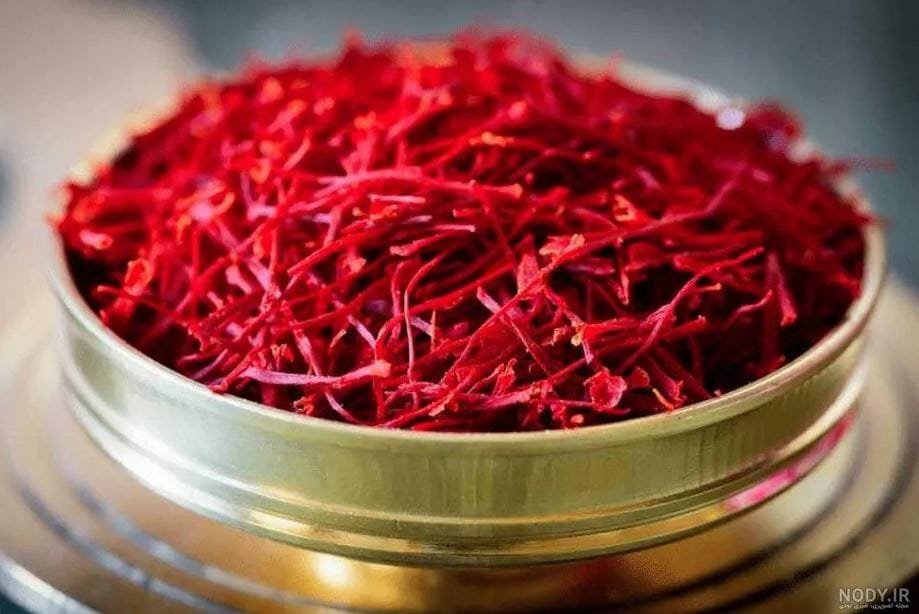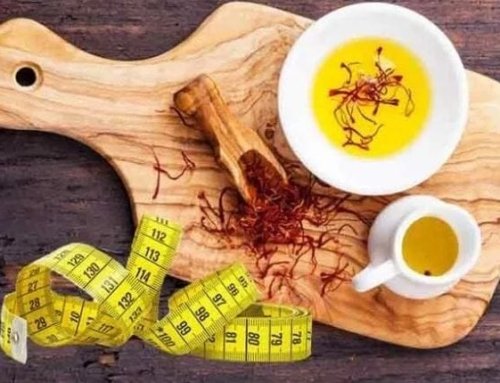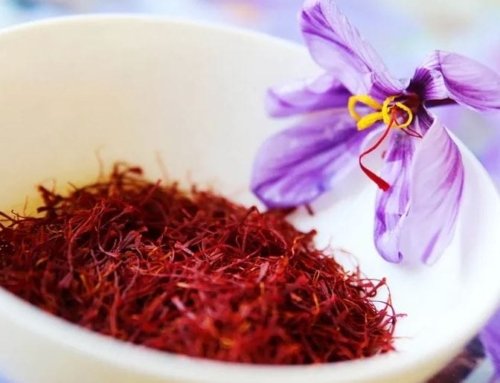 Saffron production in Farooj
Saffron production in Farooj
North Khorasan’s saffron-growing region is set to produce an impressive 21 tons of saffron this year. Farooj county, with 3,400 hectares of saffron cultivation, leads the province in saffron production and plays a key role in Iran’s saffron industry.
Saffron Cultivation Area and Forecasted Yield
Saffron production in Farooj :This year, farmers are cultivating 3,400 hectares of saffron fields, with 3,200 hectares expected to be productive. The fields show promising signs for a good harvest due to favorable environmental conditions and healthy bulb growth. Experts have conducted evaluations and pest control measures, which predict a successful harvest based on the plants’ healthy development.
Impact of Climate on Saffron Harvest
Last year, the region faced unpredictable weather, including cold spells, heatwaves, and drought. As a result, saffron flowers were reduced by 75%, with only 448 tons harvested. However, this year, experts predict a recovery. They expect 21 tons of high-quality saffron stigmas (the “threads” of saffron).
Saffron production in Farooj
Saffron production in Farooj : Farooj county is a central producer in North Khorasan and plays a pivotal role in Iran’s saffron production. Depending on the climate, the area is expected to harvest around 2,000 tons of saffron flowers. Farooj’s vast production area has positioned it as a leader in the saffron industry, with dedicated farmers ensuring saffron remains a vital agricultural product.
Support for Local Saffron Growers and Agricultural Measures
Saffron production in Farooj :Despite setbacks from bad weather in the past, farmers are hopeful this year. Ibrahim Shamsiri advised saffron growers to maintain proper irrigation, especially during the second irrigation cycle after harvest. Each hectare is expected to yield about 560 kilograms of saffron flowers and 5.5 kilograms of saffron threads (the final product).
Future Prospects for Saffron Production in North Khorasan
Saffron production in Farooj :North Khorasan, especially Farooj, has a strong future in saffron production. The region boasts 344,000 hectares of agricultural land, with 47,000 hectares dedicated to orchards. Thanks to ongoing improvements in agricultural practices and the resilience of local farmers, North Khorasan is set to maintain its leadership in saffron production.
The Economic Impact of Saffron on North Khorasan
Saffron plays a vital role in North Khorasan’s economy by supporting many farmers’ livelihoods. This “red gold” crop not only generates economic benefits but also preserves local traditions and agricultural knowledge. Farooj’s central role ensures saffron remains an economic cornerstone for the region, with its impact reaching far beyond Iran’s borders.
Conclusion: Saffron production in Farooj
Saffron production in Farooj :Despite past challenges, the future of saffron production in North Khorasan looks bright. With 21 tons of saffron threads expected this year, the region is set to continue its legacy as a major saffron producer in Iran. The resilience of local farmers and the region’s ideal growing conditions guarantee that saffron will remain a valuable product in both domestic and international markets.







Get Social